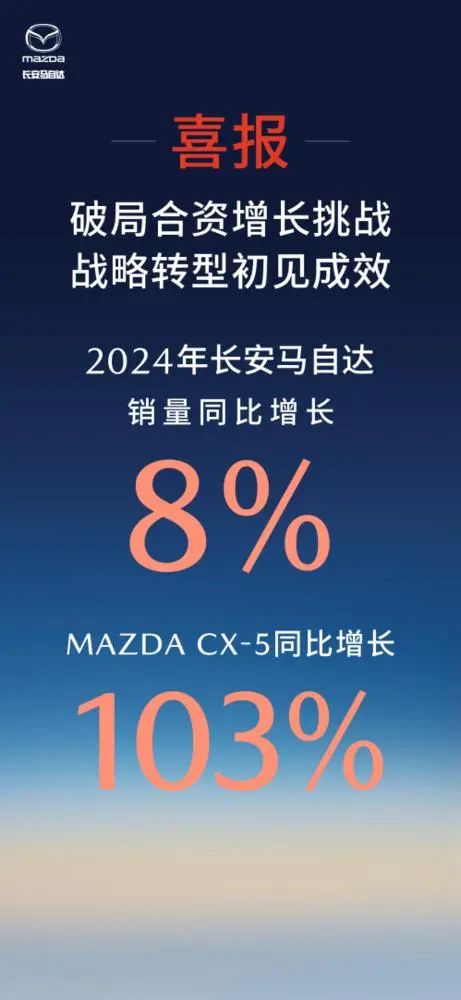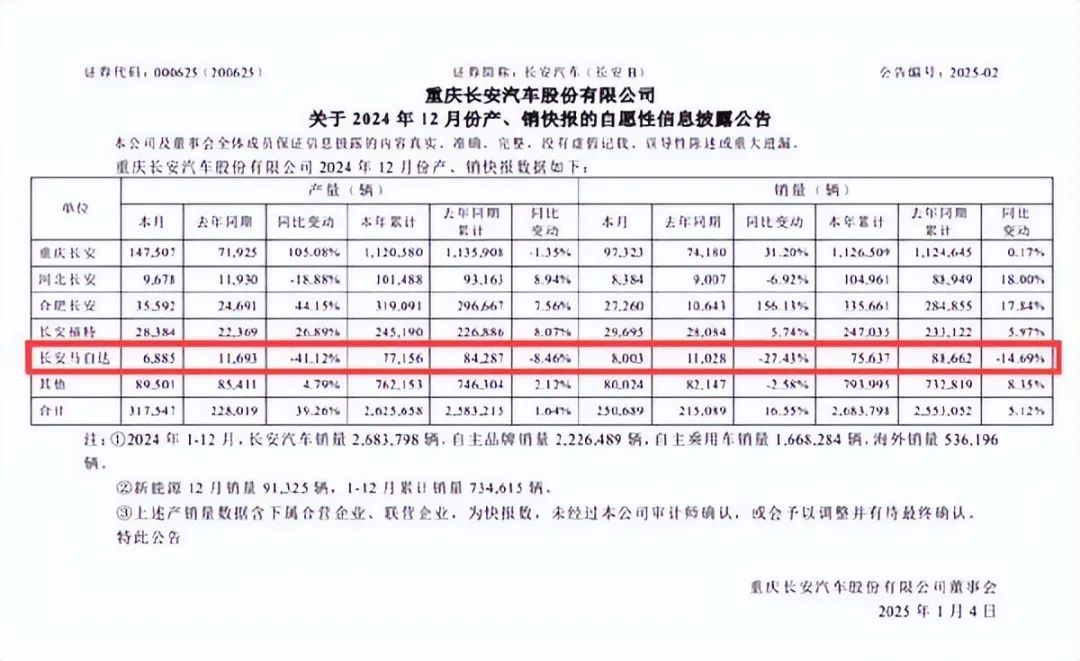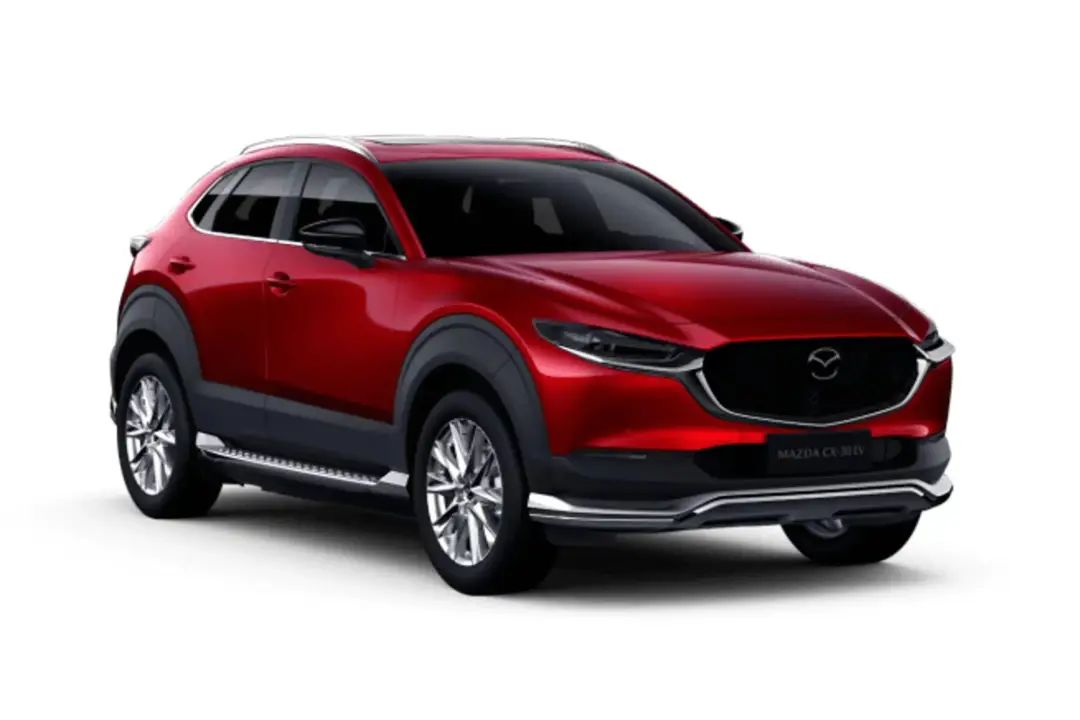Abstract: For Mazda, which is lagging behind in the second-tier market, while accelerating electrification, it should continue to leverage its fuel vehicle advantages.
Mazda, known as the “Eastern BMW,” has found itself in a sales quagmire. Due to a slow response to the electric vehicle (EV) wave, its sales performance has suffered. In 2023, Mazda’s global sales volume fell by about 8%, making it one of the few automakers facing a decline amidst the EV surge.
A recent report indicated that Mazda’s sales dipped from 1.14 million units in the previous year to approximately 1.05 million units in 2023. The decline is attributed to a lack of competitive electric models, which has caused the brand to lose market share to competitors who have embraced electrification earlier.
Despite this, it is crucial for Mazda not to abandon its fuel vehicles. The brand has built a strong reputation based on its innovative gasoline engines, particularly the Skyactiv technology, which emphasizes fuel efficiency and performance.
The market still shows demand for fuel vehicles, especially in regions where electric infrastructure is underdeveloped. Therefore, continuing to produce fuel-efficient vehicles can serve as a bridge for Mazda, allowing it to sustain revenue while transitioning to electrification.

Mazda has also invested in hybrid technologies, which can effectively combine the efficiency of electric propulsion with the convenience of gasoline vehicles. As part of its strategy, Mazda plans to introduce more hybrid models over the next few years.
The company’s upcoming models, such as the next-generation Mazda3 and CX-5, are expected to feature advanced hybrid systems, increasing their appeal in the market while the company works on developing fully electric vehicles.

Additionally, Mazda’s focus on maintaining quality and driving pleasure is vital. It needs to convince consumers that its vehicles, regardless of the powertrain, offer the unique experience that the brand is known for.

As Mazda navigates through these challenges, it must find a delicate balance between electrification and its robust lineup of fuel-efficient vehicles. The future may hold promise if it successfully integrates its traditional strengths with innovative solutions in the electrification realm.




